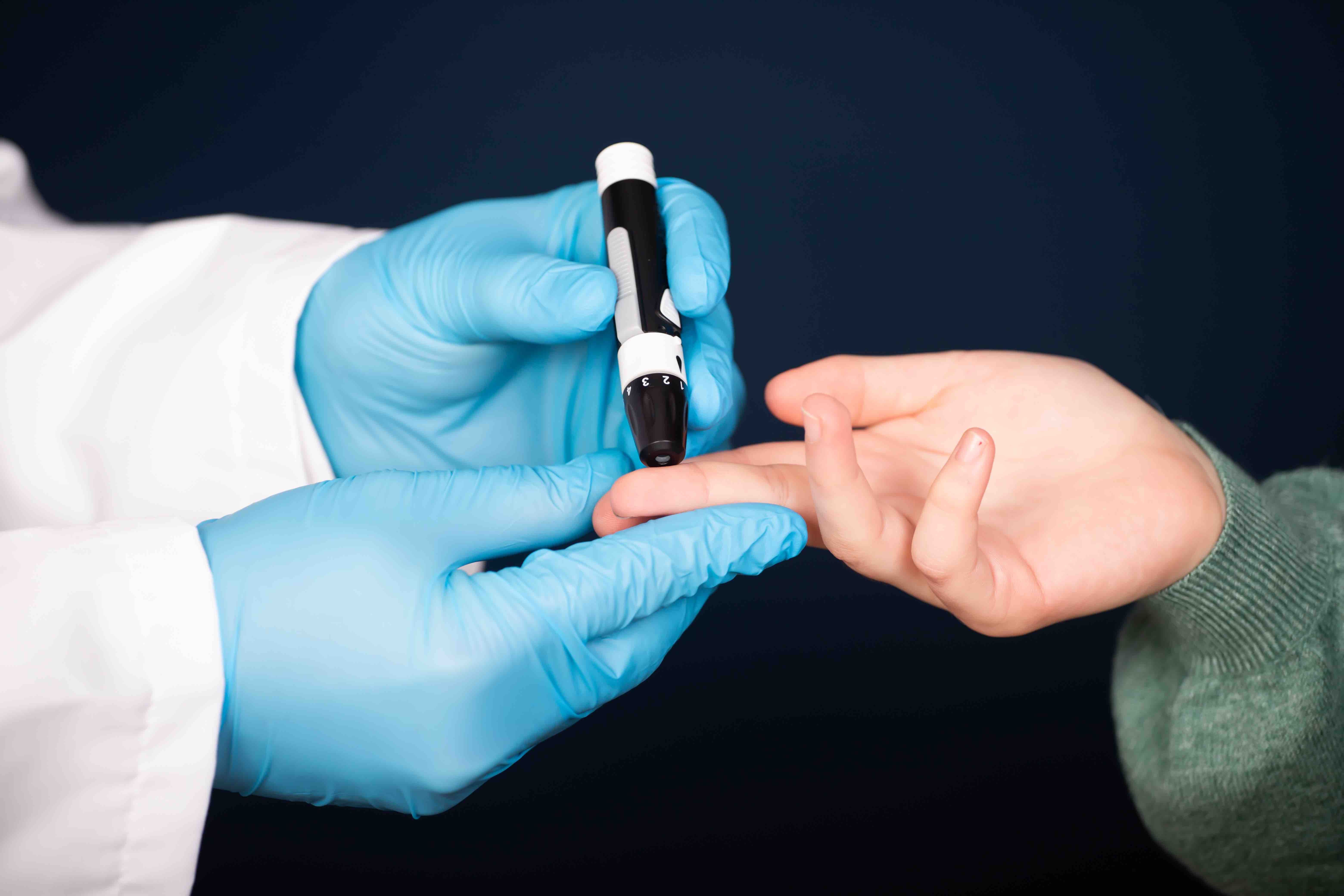
Type 1 Diabetes
Latest News
Latest Videos

CME Content
More News

The study aimed to determine the perceived advantages and disadvantages of the smartwatch-integrated, do-it-yourself continuous glucose monitoring (DIY-CGM) device from the perspective of patients with type 1 diabetes (T1D).

Elevated serum endotrophin levels, but not urinary endotrophin levels, predict increased risk of kidney complications and mortality in type 1 diabetes.

Self-care adherence, family support and functioning, and school support also indirectly affected the relationship between sociodemographic and clinical variables and metabolic control, a study found.

The findings suggest that reducing sleep timing variability may help improve metabolic control, but the relationship between glucose levels and sleep variability requires further research.

Type 1 diabetes incidence was 1.14 times higher in the first year and 1.27 times higher in the second year of the COVID-19 pandemic, compared with the 12 months before the pandemic.

The American Diabetes Association (ADA) announced updates to multiple sections of its Standards of Care in Diabetes–2023, as announced at the ADA 83rd Scientific Sessions.

New findings show that VX-880, a stem cell-derived islet cell therapy, can restore endogenous insulin secretion and improve glycemic control in people living with type 1 diabetes (T1D).

Improving access to diabetes technology so that everyone can benefit is a top priority, said David Maahs, MD, PhD, professor of pediatrics at Stanford University and division chief of pediatric endocrinology at Lucile Packard Children’s Hospital.

David Maahs, MD, PhD, professor of pediatrics at Stanford University and division chief of pediatric endocrinology at Lucile Packard Children’s Hospital, talks about the Timely Interventions for Diabetes Excellence dashboard, increases in continuous glucose monitoring, and more.

The pilot 4T study showed consistent hemoglobin A1C improvement in all children with type 1 diabetes (T1D) after 1 year, underscoring the importance of early continuous glucose monitoring (CGM) following diagnosis, explained David Maahs, MD, PhD, professor of pediatrics at Stanford University and division chief of pediatric endocrinology at Lucile Packard Children’s Hospital.

In a review of adults with type 1 diabetes (T1D), having a body mass index (BMI) <18.5 kg/m2 increased the risk of all-cause mortality by 3.4 times compared with normal BMI.

Individuals with type 1 diabetes (T1D) had brain atrophy patterns equivalent to a brain age about 6 years older than their actual age.

The study also showed that the measurement of HbA1c—which serves as an indicator of clinical assessment—sharply drops in the late teenage years among individuals with type 1 diabetes (T1D).

Having at least 2 episodes of severe hypoglycemia that required hospitalization was found to be a major predictor for time to death in individuals with type 1 diabetes (T1D).

David Maahs, MD, PhD, professor of pediatrics at Stanford University and division chief of pediatric endocrinology at Lucile Packard Children’s Hospital, highlights key points from his review on pediatric diabetes technology and therapy.

The study identified 3 themes related to diabetes self-care in patients who have type 1 diabetes (T1D), including emotional stress and anxiety and concerns regarding the COVID-19 pandemic.

This form of reinforcement learning was also shown to correct for control scenarios like irregular meal timing and compression errors.

Previous research has shown household food insecurity is linked with poor dietary intake, but research specific to those with diabetes has been sparse.

CGM Education, Family Behavioral Intervention May Help Reduce Burden on Parents of Children With T1D
Young patients with type 1 diabetes (T1D) have significant social, physical, and emotional development challenges that occur before age 8.

New research suggests that racial residential segregation is associated with glycemic control among Black youth with type 1 diabetes.

The MiniMed 780G system has been approved for children aged 7 years and up with type 1 diabetes (T1D), according to Medtronic.

Although children with type 1 diabetes (T1D) are slightly more likely to experience long-term educational underachievement than their peers without T1D, those who also have a psychiatric disorder have significantly lower odds of achieving educational milestones.

Research showed the risk of progression to type 1 diabetes (T1D) was nearly 70% lower among children with high iron intake compared with children with moderate iron intake.

Researchers also found correlations between contrast sensitivity function and age, HbA1c, and type 1 diabetes (T1D) duration under different lighting conditions.

A recent analysis suggests that cardiovascular and socioeconomic factors explain one‐quarter of the racial and ethnic differences in arterial stiffness of youth with type 1 diabetes.











































